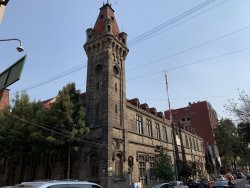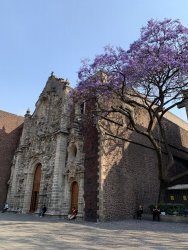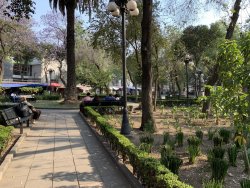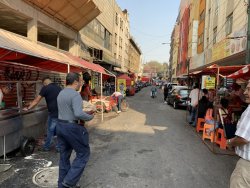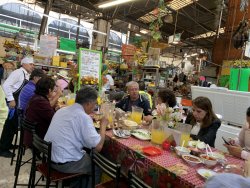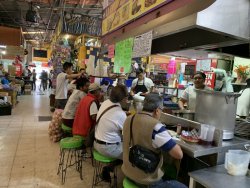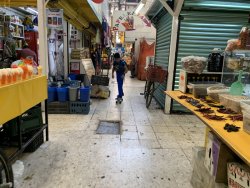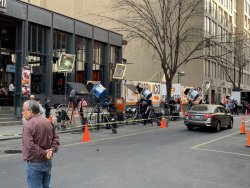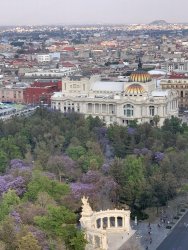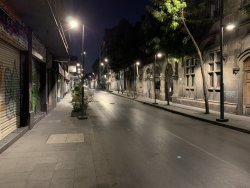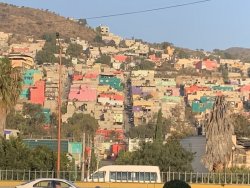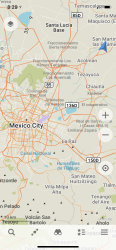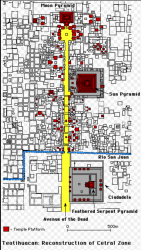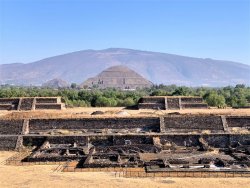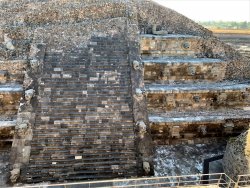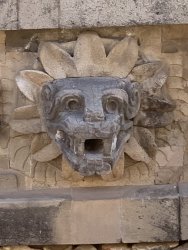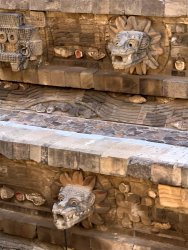You can see there is an elevator going up into the dome. That was for me!!
Oh, dear. I eventually found the ticket office and bought a ticket to the very top of the dome. Or so I thought. I was directed underground, which turns out to be an elaborate museum about the Mexican Revolution and the history of the domed structure. It was to be a much longer visit than I planned.
First, the T-shirt shop. I resisted, although if I wanted some spaghetti-western memorabilia, this would be the place.

Then, multiple (oh, God, multiple ... ) corridors back and forth with exhibits etc about the Revolution and the history of this structure. I just wasn't in the mood.
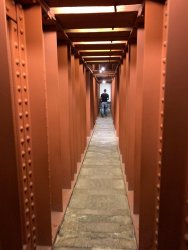
So
God bless Wikipedia to give you the Readers Digest version:
The building was initially planned as the Federal Legislative Palace during the regime of president Porfirio Díaz and "was intended as the unequaled monument to Porfirian glory." The building would hold the deputies and senators congress chambers, but the project was not finished due to the war of Mexican Revolution. Twenty-five years later, the structure was converted into a monument to the Mexican Revolution by Mexican architect Carlos Obregón Santacilia. The monument is considered the tallest triumphal arch in the world, it stands 67 metres in height. Porfirio Díaz appointed a French architect, Émile Bénard to design and construct the palace. The government's selection of a Frenchman as architect, who produced a neoclassical design with "characteristic touches of the French renaissance,"points to government officials' aim to demonstrate Mexico's rightful place as an advanced nation. Díaz laid the first stone in 1910 during the centennial celebrations of Independence, when Díaz also inaugurated the Monument to Mexican Independence ("The Angel of Independence"). The building structure was constructed with iron and rather than local Mexican materials used in the stone façade, the design called for Italian marble and Norwegian granite.
Although the Díaz regime was ousted in May 1911, President Madero continued to work on the project until 1913, when he was murdered. After Madero's death, the project was cancelled and abandoned for more than twenty years. The structure remained unfinished until 1938, being completed during the presidency of Lázaro Cárdenas.
The Mexican architect Carlos Obregón Santacilia, proposed to convert the abandoned structure into a monument to the heroes of the Mexican Revolution. After his project was approved, the adaptation of the structure began in an eclectic Art Deco and Mexican socialist realism style, over the existing cupola structure of the Palacio Legislativo Federal (Federal Legislative Palace). Mexican sculptor Oliverio Martínez designed four stone sculpture groups for the monument, with Francisco Zúñiga as one of his assistants.
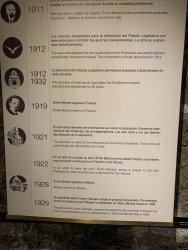
etc, etc, etc ...
Anyway, by this time I wasn't anywhere near an elevator to the top, but some more corridors led to some stairs up, and the base of the elevator. Up we went.
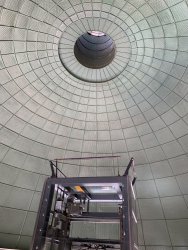
Well, that was a bit disappointing .. no where neat the top. How do I get up
there? Oh, I had to go down some steps to the observation deck, wander around, and then climb up inside the dome to the upper level.
Sucked in ... no elevator to the top!!
Observation deck views. By this time my back was reminding me of its former unhappiness, but with one exception, I've never let a climb beat me. The tan building on the far end of the avenue is the Hilton and the historic centre of the city is beyond that.
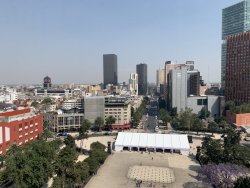
Steps, steps and more steps, up inside the dome.
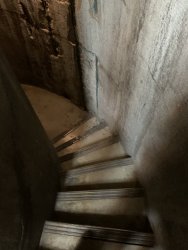
Sort of like going up inside the dome of St Pauls, or up the Statue of Liberty:
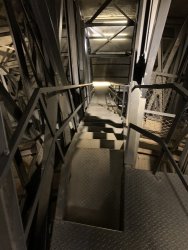
Success! View from the top. Very small viewing platform and rather vertigo-inducing. I was the only
fool one on the way up, and on the way down.


So, to get down, just retrace steps, right? Nah, too easy. its the steps all the way to the ground.




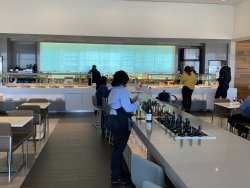
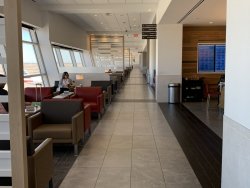







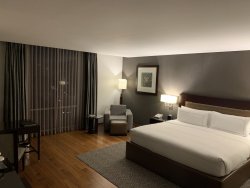
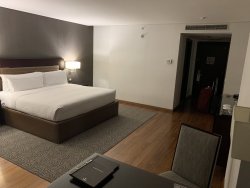
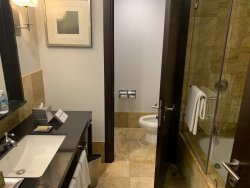


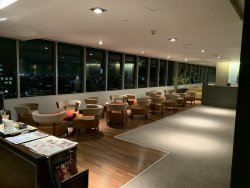
GThe attendants kept directing me to the (plain) water cabinet ... oh well.
.Everything updated when we started boarding, 30 mins late.
I note the Aviation Gin at the bar. Have you tried it? I'm a fan although probably not without Tonic Water.
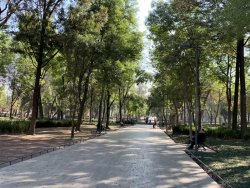
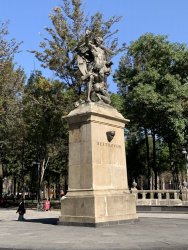
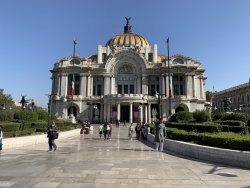
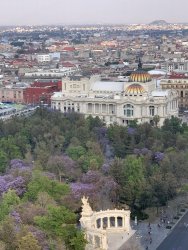
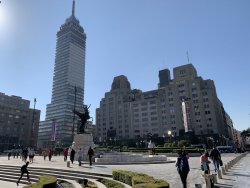
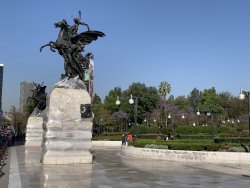
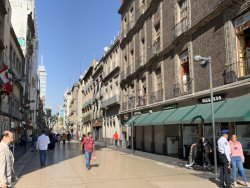
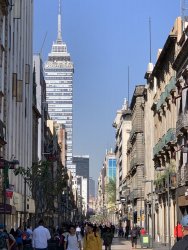
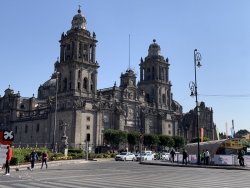
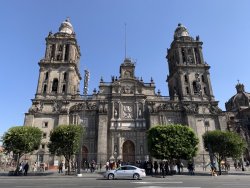
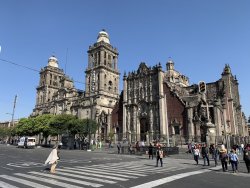
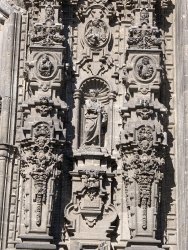
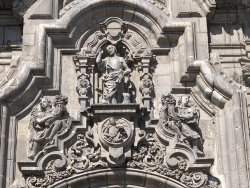

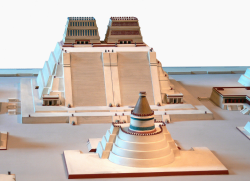
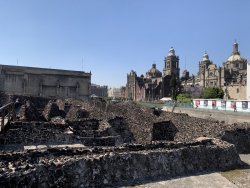
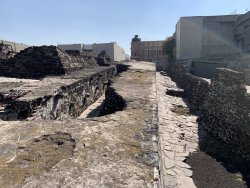
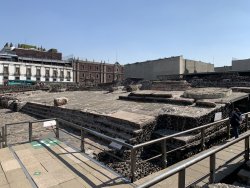
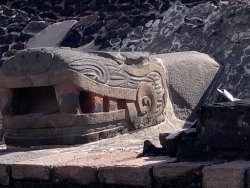
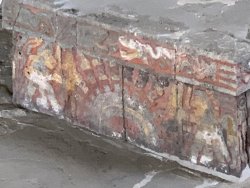
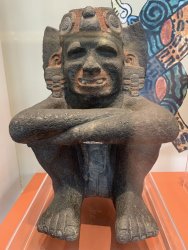
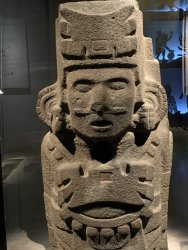
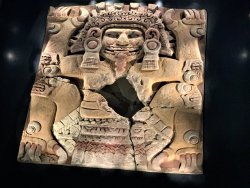
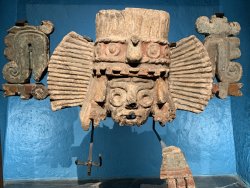
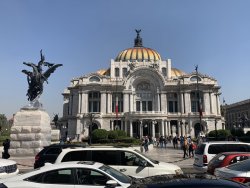
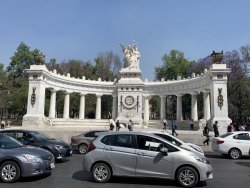
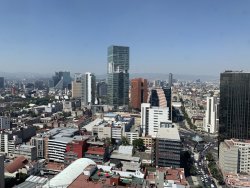
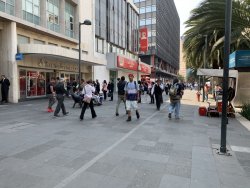
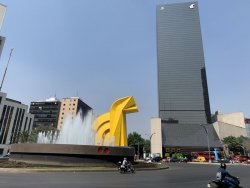
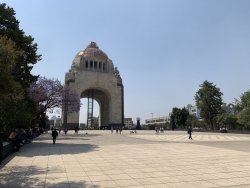


 etc, etc, etc ...
etc, etc, etc ...





